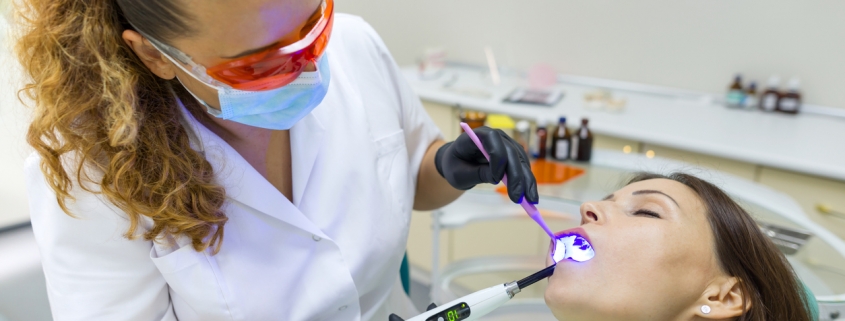What is Dental Sedation?
Fear of the dentist is more common than most people may realize, and unfortunately, it leads to many people putting off going to the dentist, if they even end up going at all. Luckily, there’s now a solution so even the most anxious of patients can have a relaxing time and get their teeth taken care of at the same time. It’s called dental sedation and most dental offices offer it, but it can vary by location so be sure to ask questions if you suffer from dental anxiety and see if they offer any options to make your appointment more comfortable for you.
What Is Dental Sedation?
There are many types of dental sedation ranging from a simple calming agent to putting the patient on a general anaesthesia so they are unconscious for the whole procedure. No matter the route that you end up taking, it is extremely important that you have someone there with you at your appointment to get you home safely, as most types of sedation will impair your motor function for a couple of hours afterwards.
Laughing Gas
Also known as nitrous oxide, laughing gas is a conscious method used to relax patients during their appointment. Not only will you be awake for the procedure, but since laughing gas’ effect wears off rather quickly once you stop breathing it in, you’ll more than likely be able to drive yourself home afterwards if laughing gas is the only type of dental sedation that you recieve. Patients with higher levels of anxiety may require oral sedation on top of laughing gas in which case will need to make prior arrangements with family or friends for a ride home afterwards.
Oral Sedation
Oral sedation is another form of conscious sedation where the patient takes an oral sedative before their procedure, usually one the night before, and then another one an hour before the procedure. This method is usually recommended for those with higher levels of dental anxiety.
Although this is a conscious form of sedation, patients often remember very little of anything. Oral sedation will have side effects though such as sleepiness so arranging a pick up and drop off is an absolute requirement.
IV Sedation
IV sedation is less common and comes in two forms. The first form is known as “twilight” and much like oral sedation, the patient will not remember much of anything, but is conscious and in a very sleepy state. However, it is very easy to rouse the pateint out of the “twilight” state should the dentist need to wake them for any reason.
The other option which is even less common is general anesthesia, which hospitals use on patients when they are undergoing surgery. Therefore, only hospitals or specialized dental clinics offer this form as an anaesthesiologist needs to be present to monitor your vital signs while you are unconscious. This is an extreme measure, used only for those with extreme anxiety or those who are immune to the other forms of sedation. General anaesthesia renders the patient totally unconscious and can have side effects as well such as disorientation, drowsiness, and even nausea. Support from a family member is required to get the patient home safely. It’s also important to note that not everyone is approved for general anaesthesia, such as those who have adverse effects to it. Your dentist will be able to determine which type of dental sedation is right for you.
Do I Need Sedation Dentistry?
Whether visiting a new dentist or an old one, it’s important to talk to them about your fears and discomforts before your appointment. More often than not, dentists will usually recommend the laughing gas or an oral sedative, but as mentioned before, it varies from person to person.
Dental sedation is a wonderful way to ensure that those with even the highest amount of anxiety can get access to dental care. Speak to your dentist about your options and book that appointment that you’ve been putting off for you long.

